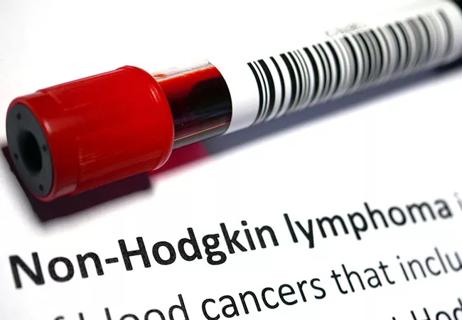Global R&D efforts expanding first-line and relapse therapy options for patients
Mantle cell lymphoma is a rare subtype of B-cell non-Hodgkin lymphoma (NHL), representing approximately 8% of all NHLs. While it is malignant and aggressive, there are several approved therapies and active R&D globally to develop more.
Advertisement
Cleveland Clinic is a non-profit academic medical center. Advertising on our site helps support our mission. We do not endorse non-Cleveland Clinic products or services. Policy
“There are big efforts in the United States through the cooperator groups to answer some of these questions. There are big efforts in Europe to answer some of these questions in randomized trials, and there’s continued interest from the private sector to develop drugs for this relatively uncommon lymphoma,” says Brian T. Hill, MD, PhD, director of the Lymphoid Malignancies Program at Cleveland Clinic. “We’ve seen our patients do better over the years as a result.”
In a recent episode of Cleveland Clinic’s Cancer Advances podcast, Dr. Hill talks about advances in treatment of mantle cell lymphoma. He delves into:
Click the podcast player above to listen to the episode now, or read on for a short edited excerpt. Check out more Cancer Advances episodes at clevelandclinic.org/podcasts/cancer-advances or wherever you get your podcasts.
Podcast host Dale Shepard, MD, PhD: What are the current treatments? What's first line?
Hill: Over the years, not being terribly innovative, we gave R-CHOP, as we did and do for many. But it turns out if you just give R-CHOP for mantle cell lymphoma and do nothing else, that the survival is actually very short – two to three years. So, R-CHOP really isn't the standard or best treatment.
Advertisement
There are a few different options. We know from randomized studies coming out of Europe – the so- called Nordic regimen in which you alternate or combine regimens or cycles of R-CHOP with chemotherapy containing high-dose cytarabine – that you improve outcomes. We also know that if you consolidate patients in first remission with an autologous stem cell transplant that they tend to have longer remissions than if you don't. But that probably also depends on what they got as their induction regimen.
Beyond that, there's very good data supporting the use of maintenance therapy in mantle cell lymphoma. So, a dose of rituximab every two months for up to two to three years actually improves survival, in contrast to indolent lymphomas or follicular, where maintenance therapy improves PFS
[progression-free survival] but not survival.
And more recently, I would say for patients that are older – let's say 70 and older – and you don't think autologous stem cell transplant is really a great option, or maybe they're too far away or don't want to go through that effort, actually head-to-head studies of R-CHOP with bendamustine rituxan, or BR, show that BR is actually better than R-CHOP and safer. So, for older patients with mantle cell lymphoma, just doing six cycles of BR and then maintenance therapy is a very reasonable approach.
Advertisement
Advertisement

The latest evidence to support ‘practice-changing’ protocol—and a note of caution

Study measures real-world outcomes for relapsed or refractory large B-cell lymphoma

Optimized responses in transplant- and CAR T-cell therapy-eligible patients

CAR T-cell therapy, bispecifics and antibody drug conjugates have changed disease management

Unpacking advancements and identifying drivers of healthcare barriers

Large cohort study finds no reduction in survival for patients managed with active surveillance compared to treated patients

Two thirds of patients responded to CAR T-cell therapy

62% of patients were progression-free at 18 months post-transplantation